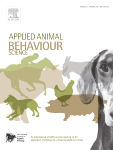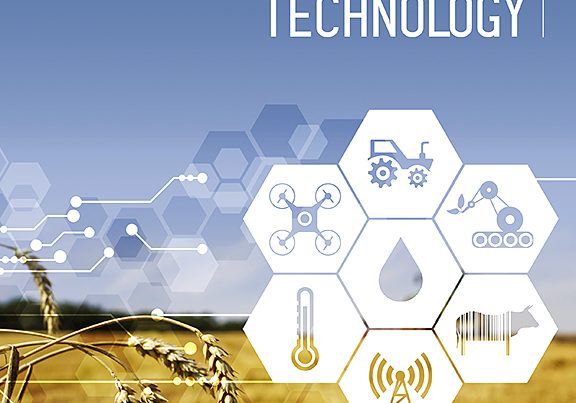Document type : Scientific article published in Applied Animal Behaviour Science
Authors: S.Y.Landau, F.D.Provenza
Preview: Much circumstantial evidence has accumulated for ape culture, based on observations of the transfer of adult expertise to novices, typically juveniles. Controlled experiments have ruled out environmental or genetic explanations for these social learning propensities. This acumen might not be unique to primates. Here, we identify feeding behaviours susceptible to social transmission, refute possible non-social (genetic, environmental) explanations, and assess if the patterns of social learning are conducive to traditions or even cultures in domesticated goats. We claim that not only has domestication not eroded social intelligence, but that managerial constraints and in particular nutritional constraints imposed after domestication have encouraged the development of goat traditions and cultures. Following domestication, the contribution of browse rich in plant secondary compounds (PSCs) to goat nutrition has increased due to humans providing browse as fodder and restricting goats to habitats dominated by browse. Social learning has been essential for goats to acquire safe and nutritionally wise foraging behaviours in PSC-rich environments. Genetics can contribute to alleviating the deleterious effects of PSCs, but matrilineal traditions are essential for learning to use PSC-rich plants for nutritional and medicinal benefits, including learning feeding sequences that alleviate the deleterious effects of PSCs. In utero conditioning, perinatal microbiome colonization, and milk flavors contribute to passive maternal learning of feeding behaviours. Active learning from the mother is of major importance before weaning, whereas individual learning of food avoidance and preference is important after weaning. We contend that matrilineal learning, both in passive and active forms, is the basis of traditions in goat feeding behaviours. Residual, yet flexible, group-bonding of goats based on matrilineal idiosyncrasies helps to explain how these behaviours persist in different goat cultures. Finally, in stable groups, goats develop affinity and affiliative relationships. They rely on licking, social grooming and body contact to decrease the frequency of agonistic interactions, including social mediation of conflicts. Goats also learn from humans and mother-dependent docility can pre-dispose offspring to learn from humans. In summary, goats have a high level of social intelligence necessary to function within complex and dynamic social and biophysical environments, a condition deemed essential for the existence of cultures. To our knowledge this is the first compilation of evidence showing traditions and cultures in domestic animals.




